calsfoundation@cals.org
Lowell (Benton County)
| Latitude and Longitude: | 36°15’19″N 094°07’51″W |
| Elevation: | 1,342 feet |
| Area: | 9.61 square miles (2020 Census) |
| Population: | 9,839 (2020 Census) |
| Incorporation Date: | August 17, 1905 |
Historical Population as per the U.S. Census:
|
1810 |
1820 |
1830 |
1840 |
1850 |
1860 |
1870 |
1880 |
1890 |
1900 |
|
– |
– |
– |
– |
– |
– |
– |
– |
– |
– |
|
1910 |
1920 |
1930 |
1940 |
1950 |
1960 |
1970 |
1980 |
1990 |
2000 |
|
193 |
227 |
262 |
271 |
341 |
277 |
653 |
1,078 |
1,225 |
5,013 |
|
2010 |
2020 |
|
|
|
|
|
|
|
|
|
7,327 |
9,839 |
|
|
|
|
|
|
|
The city of Lowell, located in Benton County, was originally a small settlement known as Robinson’s Cross Roads, settled in the 1840s along what was later called Old Wire Road. The original settlement consisted of about thirty homesteaders. The post office was established in 1847, though it later closed and reopened under the name of Bloomington. The road was well traveled and worn with deep ruts, and it became treacherous after rain. Thus, Bloomington became commonly known as “Mudtown” after a rider for the Butterfield Overland Mail Company reportedly got his stagecoach trapped in deep mud there. In 1864, guerillas attacked a wagon train in Mudtown, but Union forces prevailed.Camp Benjamin, northeast of town at a site known as Cross Hollow, was established by Confederate forces, which occupied it for the winter of 1861–62, but the actual town was destroyed during the Civil War. About 10,000 soldiers stayed at the camp.
The rebuilt town featured a tavern, a hotel, two general stores, a grain elevator, and an fruit evaporator (Bloomington was situated in the orchard fruit–producing region of northwestern Arkansas, which was known especially for its apples). The present site of Lowell was owned by J. H. McClure, who donated lots to the St. Louis–San Francisco Railway (Frisco), which was running track through the area in 1881. The city was laid out along the railroad. A tornado had destroyed many buildings in nearby Bloomington, leading numerous residents to dismantle and remove the surviving buildings to the newer settlement. A historical marker currently stands were the old community of Bloomington was located. A school was established in 1884; it was a two-story, two-room building that was also used as a meeting place for the Masons and the Independent Order of Odd Fellows.
In 1903, Charles Bryson began publishing the Lowell Leader newspaper, though it was short lived. In 1913, a new two-story brick schoolhouse was erected, and the old school building was sold and later used as a poultry house. During the early 1940s, future poet Edsel Ford attended elementary school in Lowell. In 1952, a new school building, housing kindergarten through the sixth grade, was built. Lowell schools were then, and still remain, part of the Rogers School District. Canning factories remained the main industries in the area for the first half of the twentieth century.
The Lowell Volunteer Fire Department was organized in April 1973, and the city’s chamber of commerce began operations three years later. In 1968, J. B. Hunt Transport Services, Inc., moved its headquarters from Stuttgart (Arkansas County) to Bentonville (Benton County). Within three years, it was moved again to Lowell. In 1988, Lufkin Trailer, another trucking firm, opened its business in Lowell. Somewhat centrally located in the United States, the city quickly became a state center of the trucking industry, sharing in the remarkable population and business growth of northwest Arkansas during the 1990s, with Lowell’s population more than quadrupling during that decade. Another transportation company, Transplace of Dallas, Texas, also has a branch in Lowell. In November 1998, what is now Northwest Arkansas National Airport (XNA) opened about halfway between the cities of Lowell and Gentry (Benton County). Among the many recent immigrants are Latinos, who made up about twenty-five percent of the city’s population as of the 2010 census. Lowell also serves as a bedroom community for the larger cities of the area, such as Rogers (Benton County) to the north and Springdale (Washington and Benton counties) to the south.
Among the attractions is the Lowell Historical Museum, located in the L. P. Davis House, which was built in 1881. In addition, there are two properties on the National Register of Historic Places: the Pinkston-Mays Store Building built circa 1902 and the Green Barn built circa 1910.
For additional information:
City of Lowell. http://www.lowellarkansas.gov/ (accessed June 29, 2022).
Fowler, Mrs. Charles. “A Look at Lowell, Ark.” Benton County Pioneer 26 (Fall 1981): 56–60.
Fowler, Vera Lou. Bloomington-Lowell, 1847–1986: Bits and Pieces, A Sesquicentennial Project. N.p.: 1986.
Lowell Historical Museum. Lowell, Arkansas.
Staff of the CALS Encyclopedia of Arkansas
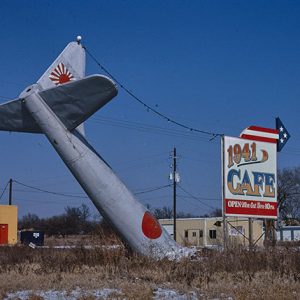 1941 Cafe
1941 Cafe 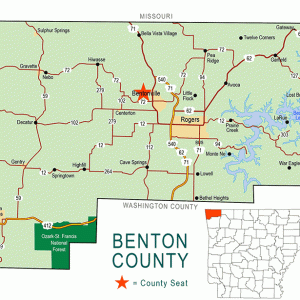 Benton County Map
Benton County Map  J. B. Hunt HQ
J. B. Hunt HQ 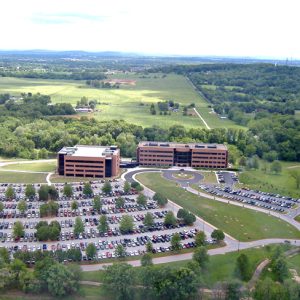 J. B. Hunt, Aerial View
J. B. Hunt, Aerial View 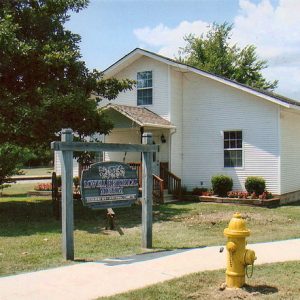 Lowell Historical Museum
Lowell Historical Museum  Lowell Heritage Park
Lowell Heritage Park  Lowell Baptist Church
Lowell Baptist Church 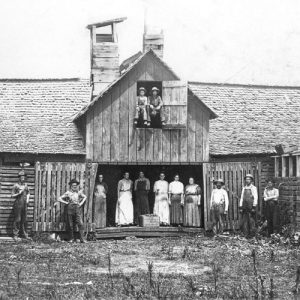 Lowell Apple Evaporator
Lowell Apple Evaporator  Lowell School
Lowell School  Shaw-Blair House
Shaw-Blair House 




Comments
No comments on this entry yet.